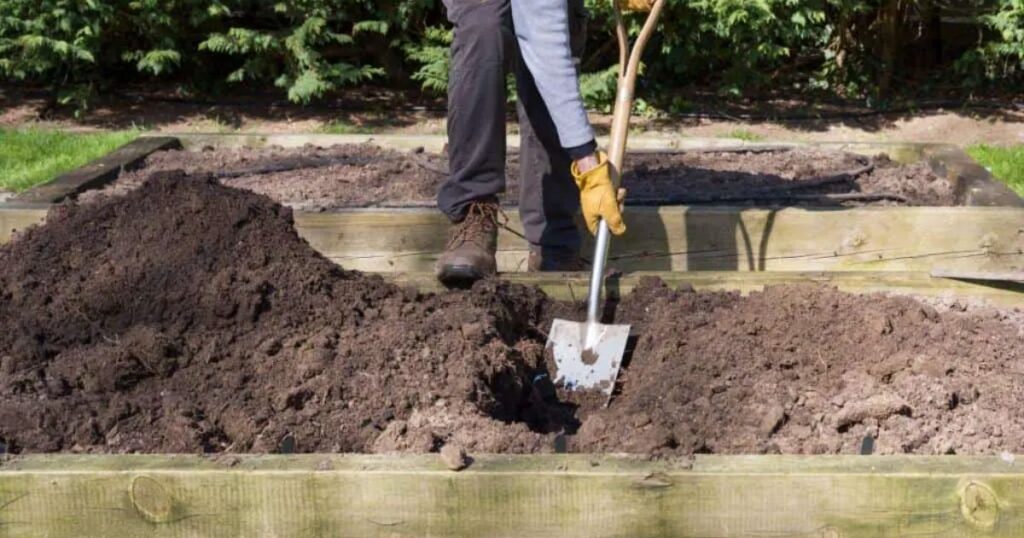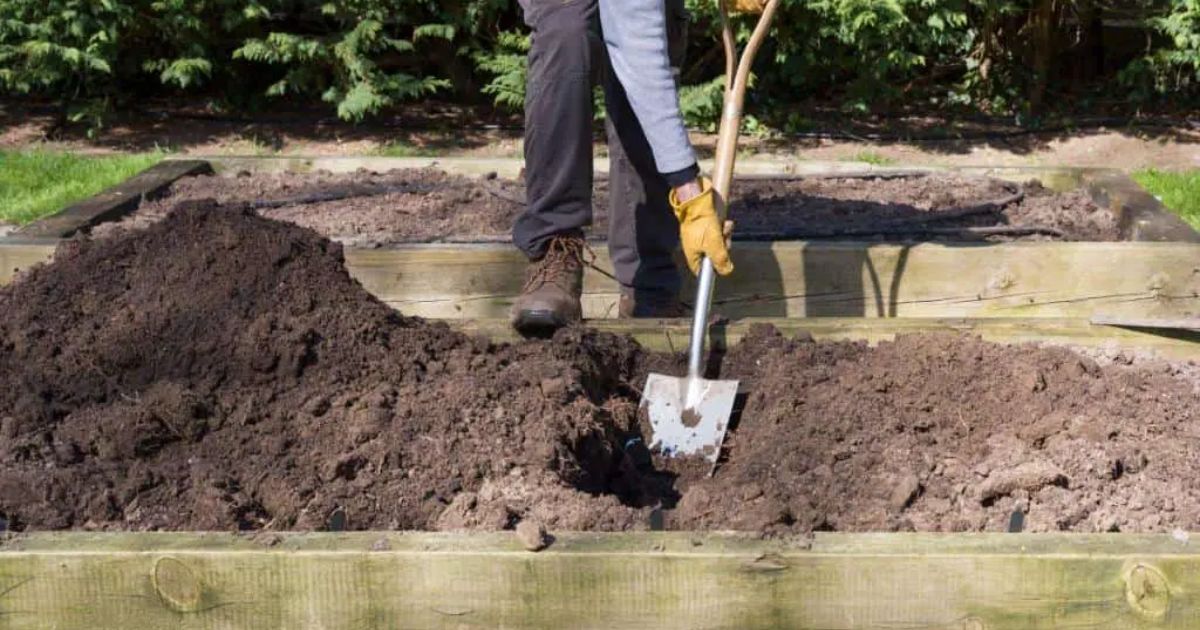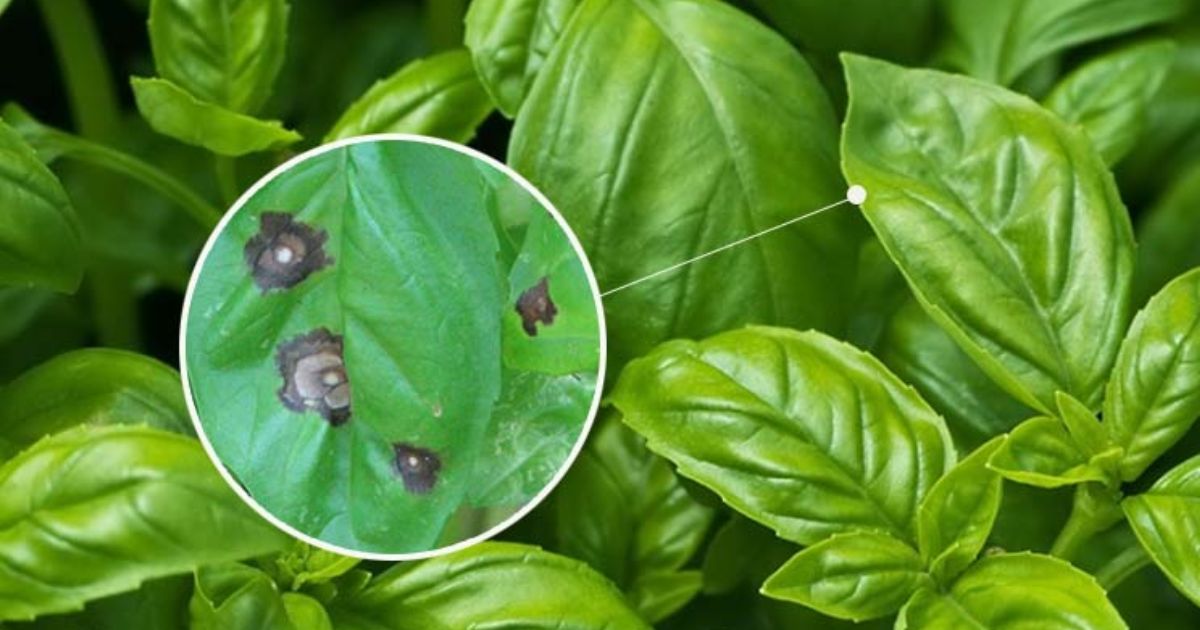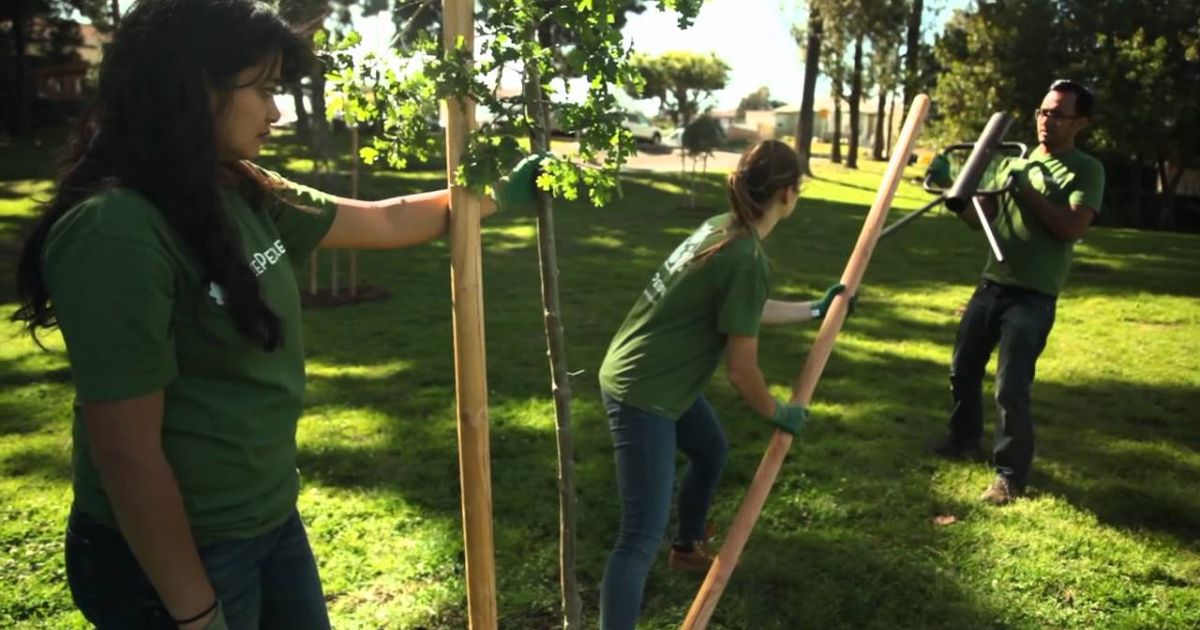Every successful business starts with healthy soil. Raised bed garden. Whether you’re growing vegetables, herbs, or flowers, the quality of your soil determines how well your plants grow, how much they produce, and how resistant they are to pests and diseases. That’s why choosing the right organic garden soil is essential for gardeners who want vigorous, vibrant plants without relying on synthetic chemicals.
Organic soil is rich in natural nutrients, beneficial microbes, and organic matter that support long-term soil health. In raised beds where plants rely entirely on the soil you provide, using a nutrient-dense, well-balanced organic mix can make a huge difference in growth and productivity.In this guide, we’ll break down everything you need to know about choosing, mixing, and maintaining organic soil for raised beds. From essential ingredients and DIY soil blend recipes to testing, improving, and troubleshooting soil problems, you’ll learn how to build a thriving, chemical-free growing environment that benefits both your plants and the planet.
What Is Organic Garden Soil?
Organic garden soil is a nutrient-rich, living growing medium made from natural materials that improve plant health without the use of synthetic chemicals. Unlike conventional soil mixes that may contain artificial fertilizers or additives, organic soil relies on decomposed plant matter, minerals, and beneficial microorganisms to create a healthy environment where plants can thrive.At its core, organic soil is built on three essential elements: organic matter, microbial life, and balanced nutrients. Organic materials like aged manure, compost, or shredded leaves help retain moisture, improve soil structure, and slowly release nutrients. Beneficial microbes and fungi break down this organic material, converting it into forms that plants can absorb easily.
organic soil blend for vegetables also supports better long-term fertility. Instead of giving plants a quick nutrient boost, it builds a sustainable ecosystem within the soil that encourages strong root development, resilient growth, Growing Asparagus in Raised Beds: and improved resistance to pests and disease.For raised beds, organic garden soil offers even more benefits, providing a clean, controlled environment right from the start. raised bed soil maintenance With the right mix of organic materials, your raised bed can naturally become a productivity powerhouse.
Why Choose Organic Soil for Raised Beds?

raised bed soil amendments offer controlled environments free from compacted native soil, weeds, and soil-borne diseases. However, filling them with subpar medium defeats the purpose. Organic soil certified free from synthetic fertilizers, pesticides, and GMOs promotes biodiversity, improves soil structure, and supports long-term ecosystem health.
According to the Rodale Institute, organic farming practices can add up to 20% more organic matter to the soil. Compared to conventional methods, thereby improving water retention and increasing carbon sequestration. In raised beds, this translates to:
- Superior Drainage and Aeration: Prevents root rot in wet climates, such as Bangladesh’s monsoon season.
- Nutrient Density: Slow-release organics feed plants without burning roots.
- Pest and Disease Resistance: Beneficial microbes outcompete pathogens.
- Environmental Benefits: Reduces chemical runoff into local waterways.
Non-organic alternatives might offer quick fixes but deplete soil life over time. How Do You Know When a Tree Is Dead For raised beds, which are often refilled or topped up annually, starting organic ensures sustainability.
Understanding the Anatomy of Great Raised Bed Soil
The “best” soil isn’t one-size-fits-all; it depends on your crops, climate, and bed depth (ideally 12-18 inches for most veggies). A golden rule is the 1/3-1/3-1/3 rule: one-third compost, one-third aeration material, and one-third drainage/organic matter base.
Core Components:
Compost (Nutrient Powerhouse):
- Provides nitrogen, phosphorus, potassium (NPK), and micronutrients.
- Sources: Homemade from kitchen scraps/yard waste, or bagged mushroom compost, worm castings.
- pH: Aim for 6.0-7.0; test with a simple kit.
Aeration Materials (Fluff and Oxygen):
- Coco coir (coconut fiber): Retains moisture, resists compaction.
- Peat moss: Acidic alternative, Soil Solarization in Raised Beds but less sustainable due to harvesting impacts.
- Vermiculite or perlite: Inorganic but organic-approved in mixes; improves airflow.
Drainage and Structure (The Foundation):
- Topsoil or loam: Screened for weeds.
- Aged bark fines or rice hulls (locally abundant in BD).
- Sand or grit for heavy feeders, such as tomatoes.
Top Commercial Organic Soils for Raised Beds
If DIY isn’t your thing, pre-mixed bagged soils save time. Look for OMRI (Organic Materials Review Institute) certification. Here are standout options available globally or via import in Bangladesh:
FoxFarm Ocean Forest Potting Soil:
- Blend: Aged forest products, peat moss, earthworm castings, bat guano, fish meal.
- Pros: pH-balanced (6.3-6.8), ready-to-use, excellent for veggies/herbs.
- Cons: Pricey (~$20-25 per 1.5 cu ft bag); contains peat.
- Best For: Seedlings and transplants. Users report 20-30% faster tomato growth.
Espoma Organic Raised Bed Mix:
- Blend: Sphagnum peat, composted manure, perlite, yucca extract.
- Pros: Lightweight, weed-free, enhanced with mycorrhizae fungi for root health.
- Cons: May need top dressing with compost annually.
- Best For: Flower beds and perennials. Available on Amazon or at local nurseries.
Miracle-Gro Organic Choice (Performance Organics):
- Blend: Compost, sphagnum peat, processed forest products, organic fertilizer.
- Pros: Affordable, widely available (even in BD via online), feeds for 3 months.
- Cons: Some debate on “organic” status due to brand; How to Use Coffee Grounds for Plants: A Gardener’s Guide check labels.
- Best For: Budget-conscious beginners.
Coast of Maine Castine Blend Raised Bed Mix:
- Blend: Compost, peat, biochar, kelp meal, lobster shells.
- Pros: Coastal-sourced for mineral richness; biochar locks in nutrients.
- Cons: Heavier; BD shipping costs are high.
- Best For: Coastal gardeners or salt-tolerant crops.
Pro-Mix Organic Vegetable & Herb Mix:
- Blend: Peat, coir, compost, limestone, mycorrhizae.
- Pros: Professional-grade, sterile, excellent drainage.
- Cons: Lower nutrient load amended with compost.
- Best For: Hydroponic-style raised beds.
How to Test and Improve Your Soil Quality
Testing your soil is one of the most critical steps in maintaining healthy, productive raised beds. Since raised beds are a controlled growing environment, understanding your soil’s condition helps you adjust nutrients, pH, and texture to ensure your plants get exactly what they need. Proper soil testing not only boosts plant growth but also prevents common problems such as poor drainage, nutrient deficiencies, and stunted plants.
Test Your Soil pH
Start by checking your soil’s pH level, which determines how easily plants can absorb nutrients. For most plants, a pH of 6.0 to 7.0 is optimum.
You can test your soil using:
- A home pH test kit
- A digital soil tester
- A local agricultural extension or laboratory test
If the pH is too low (acidic), add garden lime to raise it. If it’s too high (alkaline), mix in sulfur, Peat moss, or pine needles to naturally reduce the pH.
Check Nutrient Levels
Soil tests also reveal levels of essential nutrients, such as nitrogen (N), phosphorus (P), and potassium (K).
To improve nutrient balance:
- Add compost for overall nutrient improvement
- Use worm castings for nitrogen
- Add bone meal for phosphorus
- Use wood ash or greensand for potassium
Natural amendments work slowly but provide long-term soil fertility.
Evaluate Soil Texture and Drainage
Healthy raised bed soil should feel crumbly, not too sandy or too heavy.
To test drainage:
- Dig a small hole
- Fill it with water
- If it drains within 1 hour, your soil has good drainage
Improve poor drainage by adding compost, coconut coir, or perlite to lighten the soil.
Add Organic Matter Regularly
Organic matter is the heart of good soil. Add:
- Compost
- Aged manure
- Leaf mold
- Mushroom compost
These materials improve soil structure, boost microbial life, and keep the soil fertile season after season.
Maintain Soil Health Over Time
After each growing season:
- Top up raised beds with 2–3 inches of compost
- Consider planting a cover crop to restore nutrients naturally
Regular improvement keeps your raised beds thriving and ensures your soil remains rich, alive, and productive year after year.
Common Soil Problems in Raised Beds and How to Fix Them

Even well-prepared raised beds can develop soil issues over time. Because raised beds rely on a controlled soil environment, spotting these problems early and fixing them quickly can keep your plants healthy and productive. improve raised bed soil naturally Here are the most common soil issues and how to solve them.
Poor Drainage
Symptoms: Water sitting on the soil surface, yellowing plants, root rot, or soggy soil.
Causes: Heavy clay soil, compacted soil, or lack of organic matter.
How to Fix:
- Mix in compost, coconut coir, or perlite to lighten the soil.
- Create more air pockets by gently loosening the top 6–8 inches with a fork.
- Avoid walking or pressing down on soil.
Soil Compaction
Symptoms: Hard, dense soil that’s difficult to dig; stunted root growth.
Causes: Overwatering, using clay-heavy soil, or heavy pressure on the bed.
How to Fix:
- Aerate the soil with a garden fork.
- Add compost, shredded leaves, or aged manure.
- Avoid stepping or placing heavy objects inside raised beds.
Nutrient Deficiency
Symptoms: Yellow leaves, slow growth, pale or weak plants.
Causes: Old soil, nutrient depletion, or lack of organic matter.
How to Fix:
- Add compost (best all-purpose fix).
- Use natural amendments:
- Nitrogen: Worm castings, blood meal
- Phosphorus: Bone meal, rock phosphate
- Potassium: Wood ash, kelp meal
- Top-dress with compost each season.
Soil Too Acidic or Too Alkaline
Symptoms: Nutrient lockout, discolored leaves, poor growth despite fertilizing.
Causes: Wrong amendment ratios, poor-quality soil, or rain leaching minerals.
How to Fix:
- Test soil pH regularly.
- To raise pH (less acidic): Add garden lime.
- To lower pH (make it less alkaline): Add sulfur, peat moss, or pine needles.
Excess Salts in the Soil
Symptoms: Dry, crusty soil surface, leaf burn, stunted plants.
Causes: Over-fertilizing, poor-quality compost, hard water.
How to Fix:
- Use lots of clean water to flush the soil.
- Avoid chemical fertilizers.
- Add organic matter to balance nutrients.
Presence of Pests or Fungal Problems
Symptoms: Wilting, root damage, fungus gnats, or moldy soil.
Causes: Overwatering, improper soil mix, contaminated compost.
How to Fix:
- Improve drainage to prevent fungi.
- Add beneficial nematodes for soil pests.
- Let the top layer dry between waterings.
- Mix in a small amount of diatomaceous earth if pests persist.
Soil Settling or Sinking
Symptoms: Soil level drops several inches, exposing plant roots.
Causes: Breakdown of organic matter, natural settling.
How to Fix:
- Add 2–3 inches of compost every season.
- Top up with high-quality topsoil if needed.
- Mulch to slow organic breakdown.
Seasonal Soil Care for Raised Beds
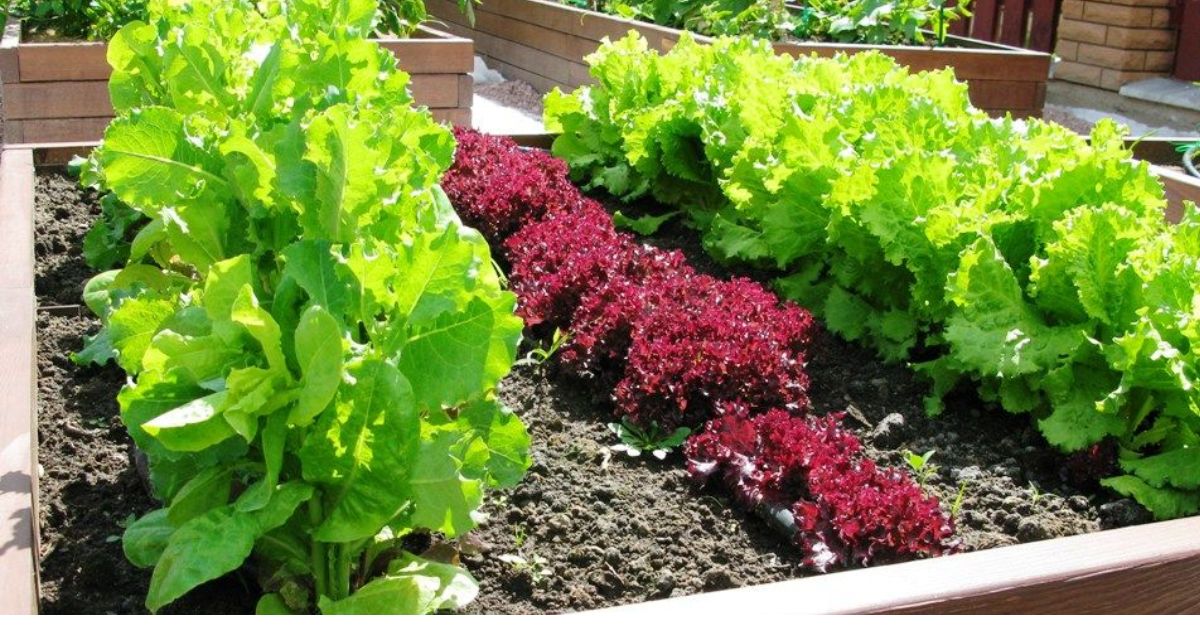
Taking care of your raised bed soil year-round is essential for maintaining long-term fertility, healthy plant growth, and high yields. Each season brings unique needs, so adjusting your soil care routine helps keep the microbial life active and nutrients well-balanced. In spring, focus on refreshing your soil by adding 2–3 inches of organic compost, loosening compacted areas, and checking moisture levels before planting. This prepares the bed for strong root development. During the summer, raised bed soil can dry out quickly, so mulching with straw, shredded leaves, or grass clippings helps retain moisture, regulate soil temperature, and reduce weed growth. Regularly applying liquid organic fertilizers, such as compost tea, is also beneficial for boosting mid-season nutrient levels. In autumn, clean up plant debris, mix in compost or well-rotted manure, What’s Wrong With My Plant and consider growing a cover crop like rye or clover to protect and enrich the soil over winter. best soil for raised bed gardening Finally, in winter, avoid disturbing the soil; let the organic matter break down naturally. You can also cover the bed with mulch or a tarp to prevent nutrient loss from heavy rain. By following seasonal soil care practices, you ensure your raised bed remains fertile, balanced, and ready for planting every year.
Conclusion
Creating and maintaining organic garden soil for raised beds is one of the most rewarding steps you can take for a productive, healthy garden. By understanding what organic soil is, learning how to test and improve its quality, and addressing common soil problems early, you lay the foundation for year-round vigorous plant growth. Seasonal soil care, adding compost, mulching, planting cover crops, and protecting your beds during winter, keeps the soil rich, alive, and nutrient-rich. When you prioritize soil health, your raised beds become more resilient, require fewer chemical inputs, and consistently produce vibrant, thriving plants. With the proper care and regular improvement, your organic garden soil will continue to support abundant harvests for many seasons to come.
FAQ
How often should I replace soil in raised beds?
You don’t need to completely replace the soil every year. Adding 2–3 inches of fresh compost or topsoil annually is usually enough to maintain fertility.
Can I reuse old raised bed soil?
Yes, old soil can be reused if it’s amended with fresh compost and nutrients. Removing plant debris and lightly loosening compacted soil helps restore its structure.
What is the best compost for raised beds?
Well-rotted organic compost, worm castings, or homemade vegetable compost work best. Avoid fresh manure directly on young plants, as it can burn roots.
Should I use fertilizer if I have organic soil?
Organic soil often provides sufficient nutrients, but during peak growing season, natural fertilizers like compost tea, seaweed extract, or balanced organic fertilizers can give plants an extra boost.
How do I know if my raised bed soil is healthy?
Healthy soil should be crumbly, dark in color, smell earthy, and retain moisture without being soggy. Testing pH and nutrient levels annually helps maintain optimal conditions.

